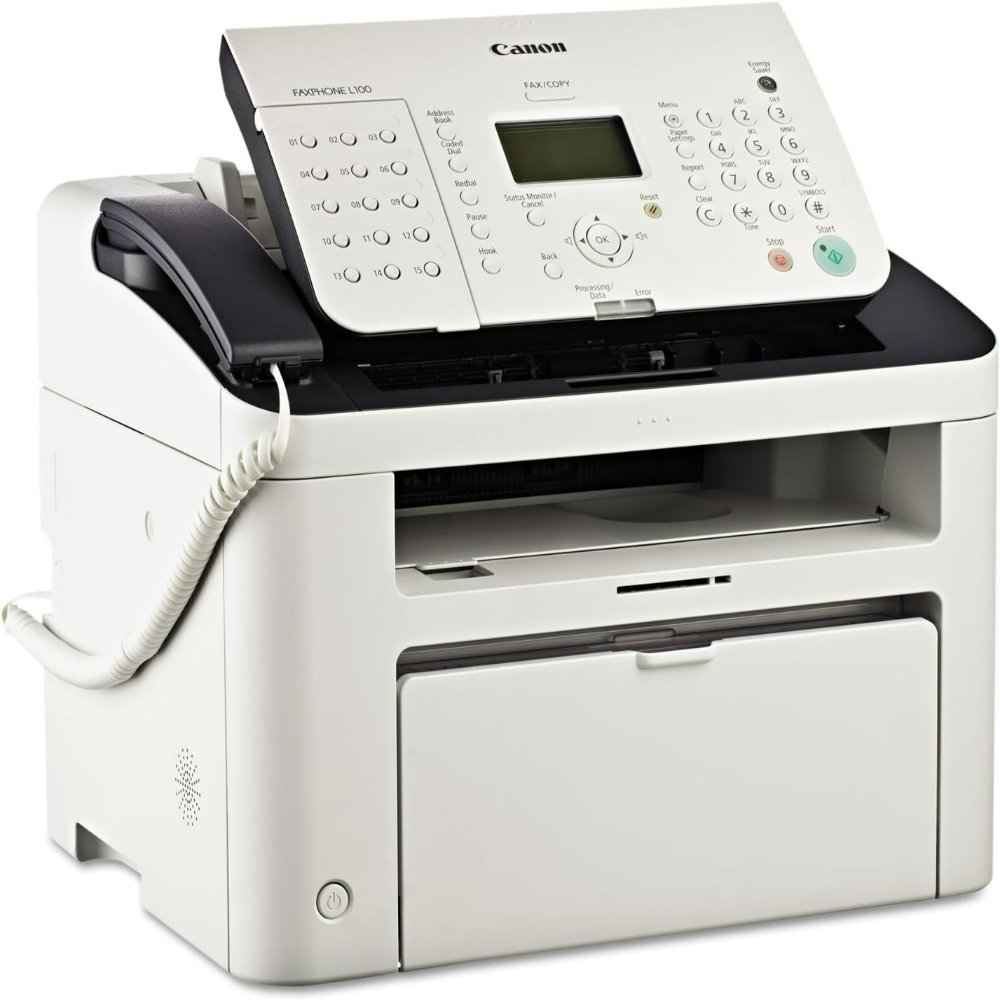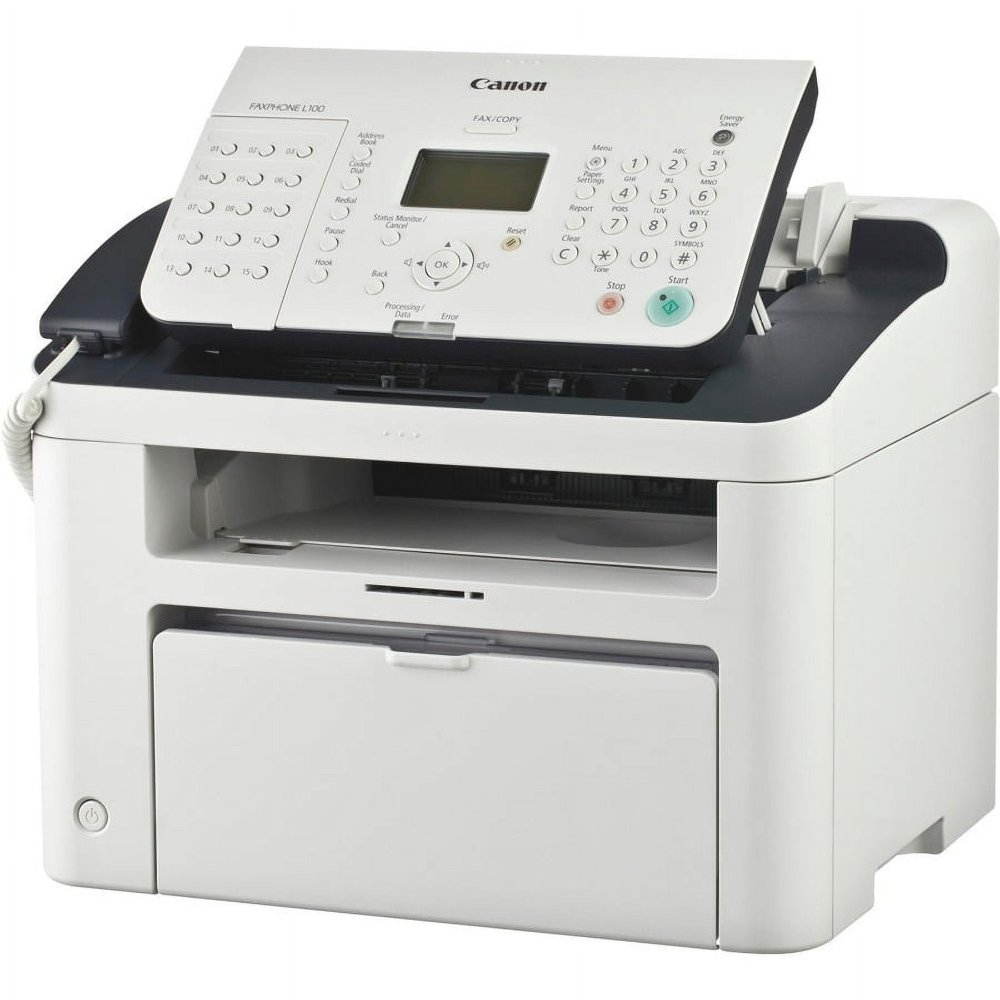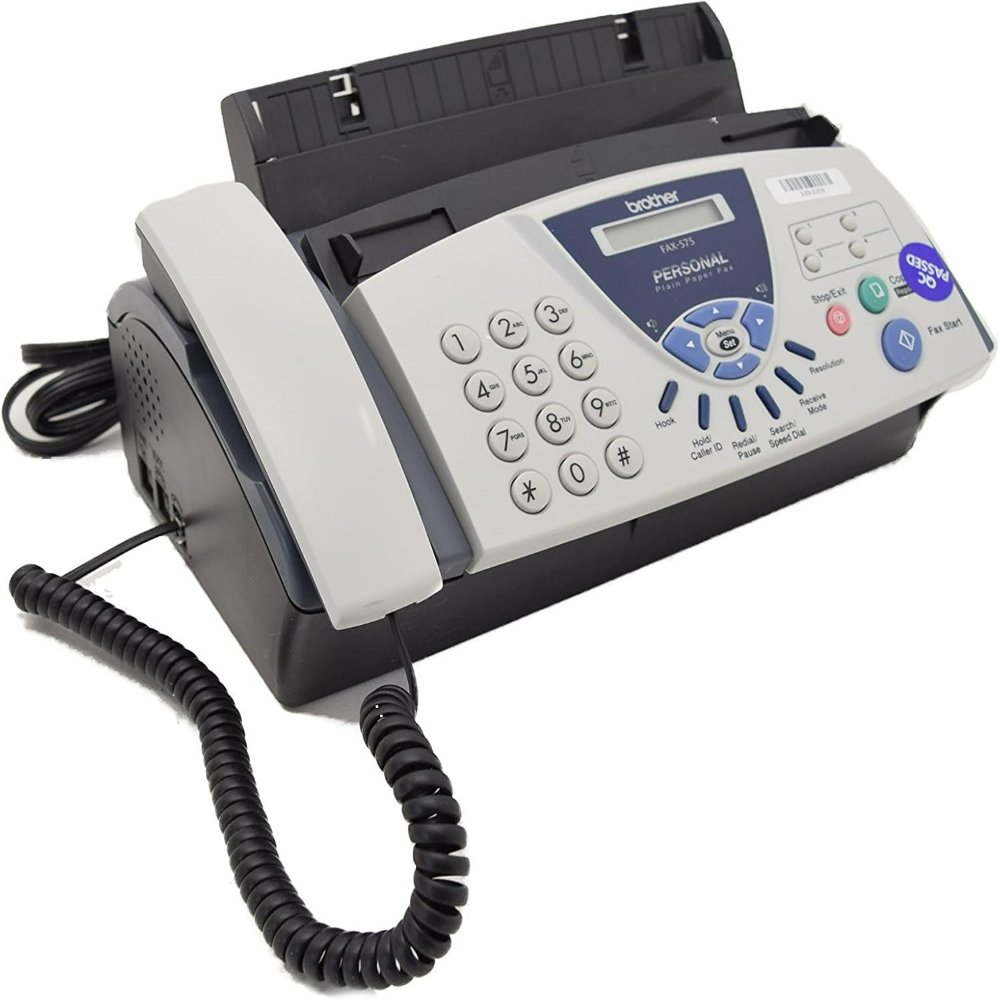The Early Beginnings of Fax Technology
Fax technology, a system for transmitting images over phone lines, has deep historical roots. Its early conception was long before the digital age we know today. The basic idea was to scan a document electronically and transmit the image to a remote location. It was an invention that combined elements of printing, telegraphy, and scanning technologies.
The development of fax technology started with innovative attempts to send images through wires, similar to how telegraphs sent text. One of the earliest predecessors of fax machines was the ‘pantelegraph’, patented by Giovanni Caselli in 1861. This early form of the fax machine was capable of reproducing simple images and handwriting across long distances.
In the latter part of the 19th century, numerous inventors across the world experimented with different technologies to improve image transmission. They focused on enhancing the quality and speed of sending images. By the end of the 19th century, the groundwork for the modern fax machine was firmly in place. Multiple advances had set the stage for rapid development in the twentieth century. This period in history marks the transformative journey of fax technology from a concept to a tangible instrument.
The invention date of the modern fax machine would not arrive until decades later, but these initial steps in the late 1800s were crucial. They bridged the gap from the analog origins of fax to the sophisticated digital technology we utilize now. The early beginnings of fax technology showcase a timeline of persistent advancement and innovation that have shaped modern communication.

Pioneers of Fax Machine Development
The journey of fax technology is marked by innovative individuals. These pioneers ventured into uncharted territories, contributing significantly to what we know as the fax machine today.
Arthur Korn is one such figure. In 1902, he enhanced image transmission significantly, making it a viable option for newspapers. His method involved the use of photoelectric cells, which were revolutionary at the time.
Edouard Belin’s ‘Belinograph’, introduced in 1913, deserves mention as well. Belin’s invention allowed pictures to be sent via standard telephone lines. It employed a scanning photocell and a transmitter that converted the photo’s gradients into audible tones.
Another critical pioneer was Herbert E. Ives of AT&T Bell Labs. In 1924, he successfully transmitted the first color fax. His work demonstrated the potential of fax machines to handle complex image transmissions.
These are just a few of the industrious minds that forged the path. They turned the fascinating concept of remote image transmission into a working reality. Each new invention brought the fax machine’s invention date closer to realization. The names mentioned are pillars in the history of fax technology, having laid the foundational work for future developments. Their dedication continues to inspire technological progress today.
The innovation and persistence of these individuals not only shaped the course of fax technology but also paved the way for the methods of communication that have become integral to our society. They are the true forebears of a device that would, in time, become indispensable in offices worldwide.
The Invention Timeline of Fax Machines
In tracing the notable landmarks in the invention timeline of fax machines, we discover a tale of evolution and perseverance. The creation of this transformative technology did not occur overnight, but rather was the result of decades of advancement, with each new development bringing it closer to the form we recognize today.
The ‘pantelegraph’ marked one of the earliest forays into facsimile technology during the 1860s. However, it was not until the early 20th century that key innovations began to crystallize the modern fax machine’s capabilities. Arthur Korn’s improvements in 1902 made it practical for newspapers to transmit images swiftly. Then in 1913, Edouard Belin introduced the ‘Belinograph’, which could send images using standard telephone lines—a significant leap forward.
The color fax, a remarkable breakthrough, entered the scene in 1924 thanks to Herbert E. Ives’s experiments at AT&T Bell Labs. Post-World War II, the 1960s marked a pivotal moment when compact and efficient fax machines started permeating the office environment, making global communication more accessible.
As the 1970s unfolded, commercial use of fax machines skyrocketed, thus cementing its role as a mainstay in business and communication. The fax machine invention date spans across these vital milestones, showcasing a timeline peppered with ambitious innovations. Each step showcased the untiring efforts of inventors committed to refining and redefining the standards of communication.
By the 1980s, the fax machine had become an office staple, symbolizing speed and reliability in sending documents over vast distances. Its continued relevance and evolution into the digital era is a testament to the enduring need for efficient communication tools.

Key Innovations and Patents in Fax Technology
The fax machine’s journey is dotted with key innovations and vital patents that have carved its invention timeline. The ‘pantelegraph’ started it all, followed by sweeping advancements reshaping the technology’s future.
In 1902, Arthur Korn developed a breakthrough system using photoelectric cells for sending images. This pivotal move changed how newspapers could share visuals. Korn’s work earned a patent, guiding others in image transmission research.
Edouard Belin took things further in 1913 with his ‘Belinograph’. He patented a method using standard telephone lines to send images. His system converted visual details into sounds that phones could carry. This innovation pushed image transmission into more homes and businesses.
Herbert E. Ives’s contribution stood out in 1924 with the first color fax transmission. He showed the world that fax machines could handle more than black and white. Ives’s work laid the groundwork for colored document sharing, advancing fax technology’s capability.
The 1960s witnessed the rise of smaller, user-friendly fax machines. These devices no longer filled rooms but sat conveniently in offices. Their patents highlighted improvements in design, making the machines an essential office tool.
In 1985, Hank Magnuski filed a key patent for computer-based fax technology, integrating the fax into the digital age. This step was crucial. It allowed computers and fax machines to work together, paving the way for today’s multi-functional devices.
Each patent registered, from rotary mechanisms to digital integration, was a stepping stone. They made fax machines more practical and effective. These inventions stand as landmarks, marking the fax machine invention date through ongoing innovation. They have made fax technology a lasting part of the communication landscape.
The Impact of Fax Technology on Communication
Fax technology revolutionized business communication. It brought an unprecedented speed and reliability to the sharing of documents. In an era when the only alternatives were postal mail and telegraph, fax machines provided a middle ground that was both fast and versatile.
Instant transmission of contracts, drawings, and reports became possible. Businesses could now finalize deals in hours instead of days. This timeliness in communication gave companies a competitive edge. They could adapt more quickly to market changes and client needs.
The medical and legal fields also saw tremendous benefits from fax technology. Sensitive documents could be sent directly and securely, without the risk of losing them in mail. This improved both confidentiality and efficiency.
Fax machines also encouraged the development of other technologies. They spurred advances in scanning, printing, and digital communication. For example, email and online file sharing owe some of their foundations to the concepts honed by fax technology.
In education, fax technology helped in the rapid exchange of academic papers and research. Scholars and institutions could collaborate more effectively over distances.
Furthermore, fax played a vital role in bridging the digital divide in the earlier days of the internet. In places where digital communication infrastructure was not yet established, fax machines continued to enable timely communication.
The influence of fax technology on how we communicate was profound. It set new expectations for speed and introduced a level of immediacy into workplace practices. Even as newer technologies emerge, the fax machine’s invention date marks a pivotal moment in the story of communication technology.

The Evolution of Fax Machines Through the Decades
Over the years, fax machines have seen dramatic changes. From bulky devices to sleek, digital formats, their evolution is a witness to technology’s march.
In the 1960s, the shift to compact fax machines began. These smaller units fit into offices with ease, starting a new age in business communication. Their ability to work rapidly and reliably made them a top choice for enterprises.
The 1970s saw fax machines becoming business staples. Their presence became widespread as industries recognized their value in swift document exchange. It was the decade when fax technology truly began to flourish.
Come the 1980s, fax machines were nearly ubiquitous in the business world. They had become essential tools, enabling companies to communicate quickly across great distances.
The 1990s introduced tweaks to the conventional fax machine. Features like speed dialing and document feeders improved their efficiency. These enhancements made sending faxes even faster and simpler.
Entering the 21st century, fax machines met the digital era. The traditional fax began merging with computer technology. The result was a seamless integration with email and other digital platforms.
Today’s fax technology continues to evolve, incorporating advanced features like cloud storage and encryption. Despite newer technologies, fax machines still hold their ground in certain sectors. The fax machine invention date marks the beginning of a remarkable journey that continues even in the digital age.
The Integration of Fax into Modern Technology
As technology marched forward, so did the fax machine’s capabilities. The integration of fax into modern technology began in earnest with the advent of computer-based fax systems. This allowed fax machines to interface with computers, making document transmission more versatile than ever before.
The 1980s and 1990s saw significant strides in this area. Fax boards, which could be installed in computers, enabled the sending and receiving of faxes directly from one’s PC. This development was crucial as it merged the quick document transmission of fax technology with the growing ubiquity of computers in the workplace.
Later on, email and internet fax services further cemented fax technology into the digital era. Such services enabled users to send faxes directly from their email accounts or via web platforms, without needing a traditional fax machine. This modern twist on the fax leveraged the internet’s power to send documents to a fax number or receive them in electronic form.
Technologies like cloud storage and enhanced encryption methods have also become part of the faxing process. They offer secure and accessible storage for faxed documents, ensuring compliance with privacy regulations in fields like healthcare and finance.
Today, even with myriad options for digital communication, fax technology has found its niche. It remains especially prevalent in industries where security, legal standing, and reliable delivery of documents are crucial. Healthcare providers, law firms, and government agencies often rely on faxing for these very reasons.
The integration of fax into modern technology shows that even as methods of communication evolve, certain tools retain their value for specific needs. The fax machine, with its invention date long passed, has proven adaptable and resilient in the face of ever-changing technological landscapes.
The Contemporary Relevance and Usage of Fax Technology
Despite advances in digital communication, the fax machine maintains its place in today’s world. Its invention date marks the start of a legacy that endures due to particular benefits it offers. Fax technology continues to be relevant and widely used in several industries. Here are the key reasons for its ongoing usage:
- Security and Privacy: Fax transmission is often considered more secure than email. Medical and legal professions regularly use faxes to protect sensitive information.
- Legal Recognition: Many jurisdictions legally recognize faxed documents. This makes faxes important for contracts and official records.
- Digital Integration: Modern fax machines integrate with digital technologies. They can send and receive faxes via cloud services and email, enhancing convenience.
- Ease of Use: For many, fax machines remain familiar and easy to use. In certain environments, people prefer them over newer technologies.
- Infrastructure Limitations: In areas where digital infrastructure is lacking, fax machines serve as a reliable alternative. They help bridge the technological gap.
- Dependability: Fax machines work during internet outages. This reliability is crucial in critical communication situations.
In industries like healthcare, law, and real estate, fax machines are imperative. They help in swiftly sharing documents while adhering to compliance standards. Invention date aside, the fax machine has evolved. It blends tradition with modern features to stay relevant in an ever-changing tech landscape. It’s an example of enduring technology that adapts to contemporary needs while maintaining its core function.